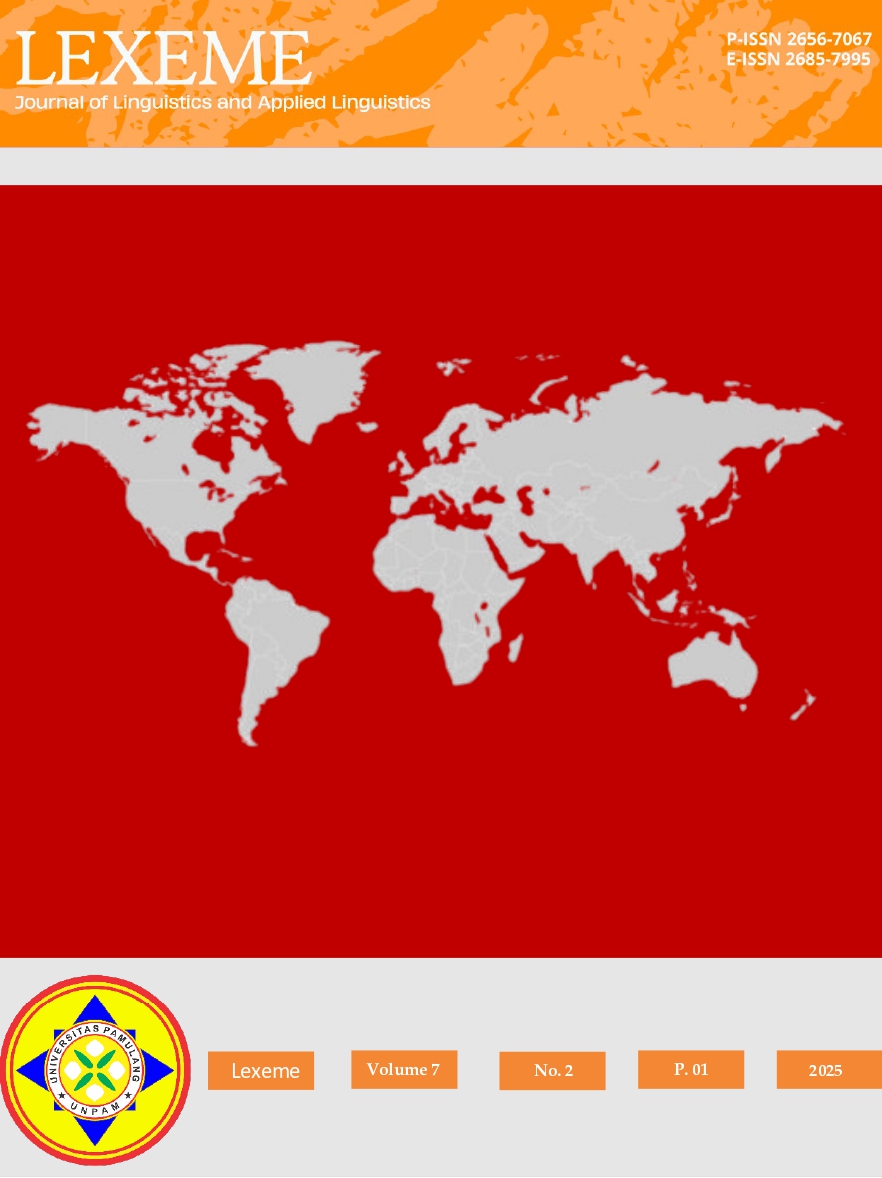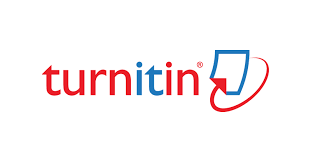Text Complexity in Digital Language Learning: Analyzing the Readability and Lexical Density of Duolingo's Guidance Textbook
DOI:
https://doi.org/10.32493/ljlal.v7i1.44985Keywords:
Duolingo, guidance textbook, language learning, lexical density, readabilityAbstract
This paper establishes the lexical density and readability levels of the Duolingo guidance textbook, with the view of establishing further the accessibility levels that the textbook has for use in language learning by users. Qualitative content analysis was conducted on 10 segments of the guidance text; lexical density was determined through content word proportions analyzed and readability by the Flesch Reading Ease formula. The results ranged between 47.6% and 56.1% for lexical density, while for nouns, just one word class, the most frequent class of words for all observed segments was 24.9-32.5%. Scores for readability ranged from 53.21 to 85.2. For example, "How to Test Your Best" sections obtained very high readability scores of 85.2, whereas sections more suited to the content, such as "Reading Texts", scored as low as 53.21. Further analysis then showed that there indeed was a strategic range in the section's complexity: the technical content was generally higher in lexical density and low in readability scores, while practical guidance sections maintained higher accessibility. Given this is the conclusion, recommendations go to Duolingo on adding extra scaffolding mechanisms for complex parts by developing supplemental material at different proficiencies, including adaptive learning whereby the complexity of the content would change based on performance. Also, periodic assessment of textual complexity across different versions guarantees that users are uniformly having their experience across the world. The current study added to the cognition of how digital language learning materials balance the issues of accessibility and educational effectiveness
References
Afrouz, M. (2022). Investigating the readability of literary texts translations A step towards formulating the ‘Nativity Hypothesis.’ Kervan, 26(1), 365–386. https://doi.org/10.13135/1825-263X/6888
Ahmad, M., Amer, B., & Baarah, H. A. (2021). Readability and Lexical Density of Reading Sections of Tenth Grade English Textbooks in Jordan and Sultanate of Oman: A Comparative Study. Article in Budapest International Research and Critics in Linguistics and Education (BirLE) Journal, September, 1138–1148. https://doi.org/10.33258/birle.v4i3.2438
Aswani, A. N., Perangin-Angin, A. B., & Aswani, A. (2023). Lexical Density in Children’s Story Book. LingPoet: Journal of Linguistics and Literary Research, 4(3), 50–58.
Erarslan, A. (2021). Correlation between Metadiscourse, Lexical Complexity, Readability and Writing Performance in EFL University Students’ Research-based Essays. Shanlax International Journal of Education, 9(S1-May), 238–254. https://doi.org/10.34293/education.v9is1-may.4017
Gruber-Miller, J., & Mulligan, B. (2022). Latin Vocabulary Knowledge and the Readability of Latin Texts: A Preliminary Study. New England Classical Journal, 49(1), 80–101. https://doi.org/10.52284/necj.49.1.article.gruber-millerandmulligan
Halliday, M. A. K., & Matthiessen, C. M. I. M. (2013). Halliday’s introduction to functional grammar: Fourth edition. In Halliday’s Introduction to Functional Grammar: Fourth Edition. https://doi.org/10.4324/9780203431269
Hasnain, S. S. (2020). A Critical Comparison between Manufacturing and Service Firms’ Mission Statements: Manage Your Firms’ Mission Statements with Care Using Readability and Lexical Techniques. Business Management and Strategy, 11(1), 216. https://doi.org/10.5296/bms.v11i1.17171
Imperial, J. M., & Ong, E. (2021). Application of Lexical Features Towards Improvement of Filipino Readability Identification of Children’s Literature. http://arxiv.org/abs/2101.10537
Miskiyah, N., & Amalia, T. Z. (2022). Analyzing Lexical Density and Readability of Reading Texts in English Textbook “Stop Bullying Now” by Mahrukh Bashir. Journal of English Teaching and Learning Issues, 5(1), 39. https://doi.org/10.21043/jetli.v5i1.12199
Nash, E., Bickerstaff, M., Chetwynd, A. J., Hawcutt, D. B., & Oni, L. (2023). The readability of parent information leaflets in paediatric studies. Pediatric Research, 94(3), 1166–1171. https://doi.org/10.1038/s41390-023-02608-z
Neneng Farida Rahmah. (2022). The Readability of Junior’s Level in Mentari’s Textbooks: A Systemic Functional Linguistic Study. Journal of English Pedagogy and Applied Linguistics, 3(1), 56–64.
Pratiwi, Y., & Indriani, L. (2018). An Analysis of Lexical Density and Readability in Reading Text on English Textbook Used By Form 4 Level of Secondary School Students in Smkbsb Malaysia. In Journal of Research on Applied Linguistics Language and Language Teaching (Vol. 1, Issue 1, pp. 66–75). http://jom.untidar.ac.id/index.php/jralllt/article/view/197
Putri, A. S., Anshary, E. P., Sinar, T. S., & Maharani, P. (2024). Analyzing Lexical Density and Readability in IELTS Band 4 Students’ Writing Test. International Journal Linguistics of Sumatra and Malay, 2(2), 96–102. https://doi.org/10.32734/ijlsm.v2i2.17886
Rizkiani, D., Mahdi, S., & Sujatna, E. T. S. (2022). Lexical Density and Readability of the Facil’s ‘Advanced Learning Textbook’ for Indonesian High School Students. AL-ISHLAH: Jurnal Pendidikan, 14(1), 741–752. https://doi.org/10.35445/alishlah.v14i1.1157
Siregar, M. S., Hara, N. T., & Sinar, T. S. (2024). Lexical Density and Readability in Students’ Thesis Introductions. KLAUSA (Kajian Linguistik, Pembelajaran Bahasa, Dan Sastra), 8(1), 71–79. https://doi.org/10.33479/klausa.v8i1.948
To, V., Fan, S., & Thomas, D. (2018). Lexical Density and Readability: A Case Study of English Textbooks. December. http://aaref.com.au/en/publications/journal/
Waruwu, N. R. (2018). Lexical Density and Readability in English for Junior High School VII Textbook.
Downloads
Published
How to Cite
Issue
Section
License
Copyright (c) 2024 Sekar Azzahra, Jelly Prima Krisnawati Silaban, Tengku Silvana Sinar

This work is licensed under a Creative Commons Attribution-ShareAlike 4.0 International License.







